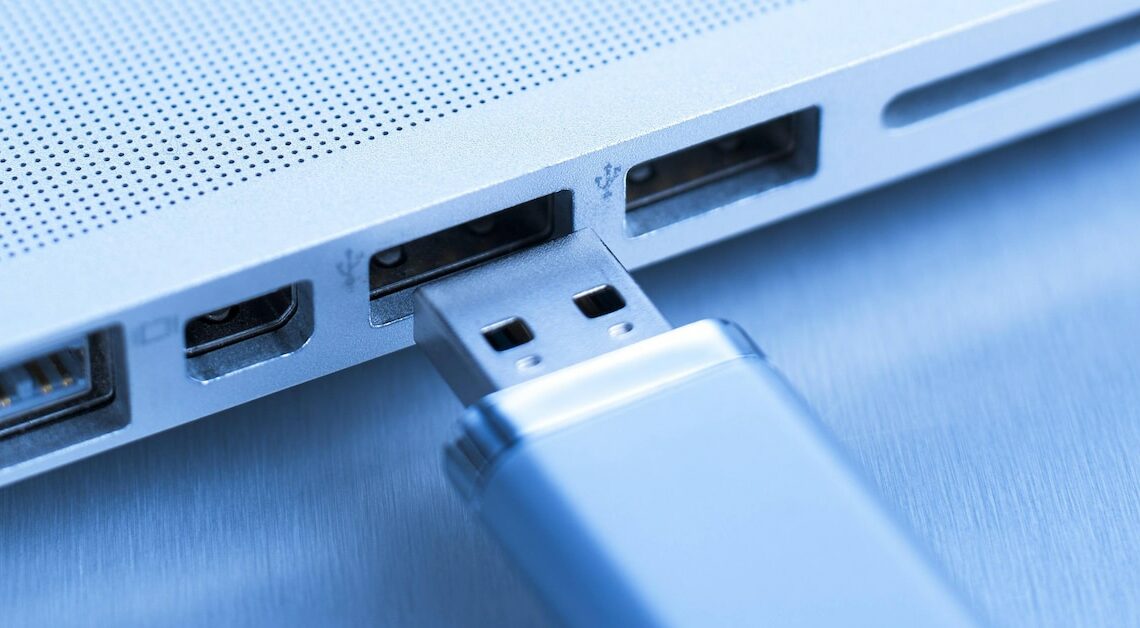
When you format a USB stick, all data is deleted. This prepares the stick for new data and makes it compatible with the desired system.
How to format a USB stick in Windows
If you want to format your USB stick so that you can use it as a boot stick, for example, proceed as follows:
- Connect the USB stick to your PC/laptop by inserting it into a free USB port.
- Click on the Windows Start icon in the bottom left and then click on “Computer”. Here you will see the connected removable storage device.
- If there is still data on the USB stick, it will be irretrievably deleted when formatting. Before the next step, make sure that you no longer need it or copy important files to the hard drive.
- Right-click on the USB stick and left-click and select “Format…”. A new window will open.
- Here you can select the desired file system. If you want to use your USB stick with other operating systems, we recommend the standard setting “FAT32” or “exFAT”.
- If you only want to pair your stick with Windows systems, you can select the “NTFS” setting. However, this file system may not be fully compatible with other operating systems without additional software.
- To format a storage device larger than 32 GB, you will need an additional program, such as FAT32Formatter, if you are using FAT32. For USB sticks with large storage volumes or larger files, exFAT is more suitable because it has no size restrictions and can be used across platforms.
- You can leave the “Storage capacity” and the “Allocation unit size” unchanged.
- Under “Volume label” you can enter a name for the USB stick. You can change this at any time, even after formatting.
- As a rule, you can leave the checkbox next to “Quick format” selected, as this type of formatting is sufficient in most cases. However, if you want to be on the safe side when deleting data, you can remove the checkbox.
- Click on “Start” and confirm the security query. Your USB stick will then be formatted.
Also interesting:
- Use a USB stick as a hard drive – this is how it works
- Remove write protection from USB stick
- USB stick is not recognized: This is what you can do
